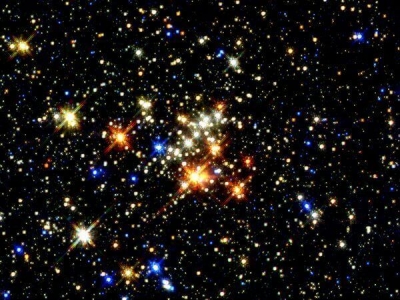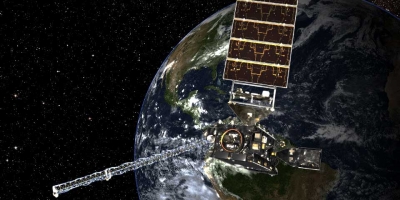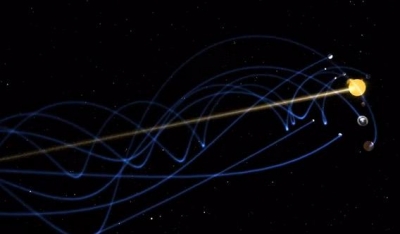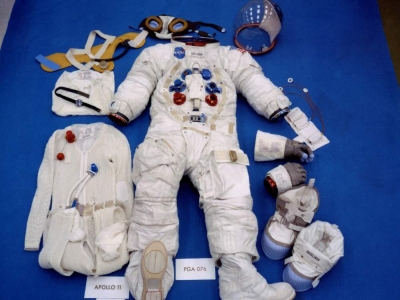How can you describe the Trojan asteroids?
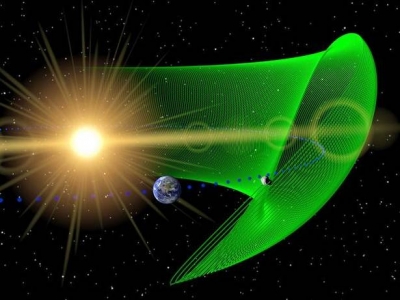
Trojan asteroids are asteroids that share an orbit with a planet and are located at the leading (L4) and trailing (L5) Lagrangian points of the planet’s orbit. Lagrangian points or Lagrange points are locations in space where the combined gravitational forces of two large bodies, such as the Earth and Sun, equals the centripetal force required for a small object to move with them. Thus, if a spacecraft is to be parked at this point, the fuel consumption required to keep it in place can be reduced. There are five Lagrangian points in total, of which three are unstable (L1, L2, L3) and two are stable (L4 and L5). L4 leads the orbit of the planet and L5 follows.
How were they discovered?
On February 22, 1906, German astrophotographer Max Wolf discovered an asteroid with an unusual orbit. This asteroid remained ahead of Jupiter as the planet moved. To him, it seemed as though the asteroid was trapped in Jupiter’s orbit around the Sun. Meanwhile, German astronomer Adolf Berberich observed that the asteroid was nearly 60 degrees in front of Jupiter. This reminded Swedish astronomer Carl Charlier of a behaviour predicted nearly a century earlier by Italian-French mathematician Joseph-Louis Lagrange. Lagrange had stated that if a small space body such as an asteroid were to be placed at one of two stable points in a planet’s orbit around the Sun, the asteroid would remain stationary from the planet’s perspective.
This is when Charlier realised that the asteroid discovered by Wolf was caught in Jupiter’s L4 Lagrange point. Until this discovery, Lagrange’s prediction was only a mathematical exercise, but now there was photographic proof that Lagrange was right.
How did they get their name?
About eight months after Wolf’s discovery, one of his students, August Kopff discovered an asteroid in Jupiter’s L5. And then again a few months later, he discovered another asteroid caught in Jupiter’s L4. Once these discoveries were made, astronomers started wondering what to call these asteroids. While most asteroids at this point in time were named after women from Roman and Greek mythology, Austrian astronomer Johann Palisa suggested the names Achilles, Patroclus, and Hektor after characters from The Iliad (a Greek poem set during the Trojan War), due to the strange orbit of these asteroids.
Picture Credit : Google
